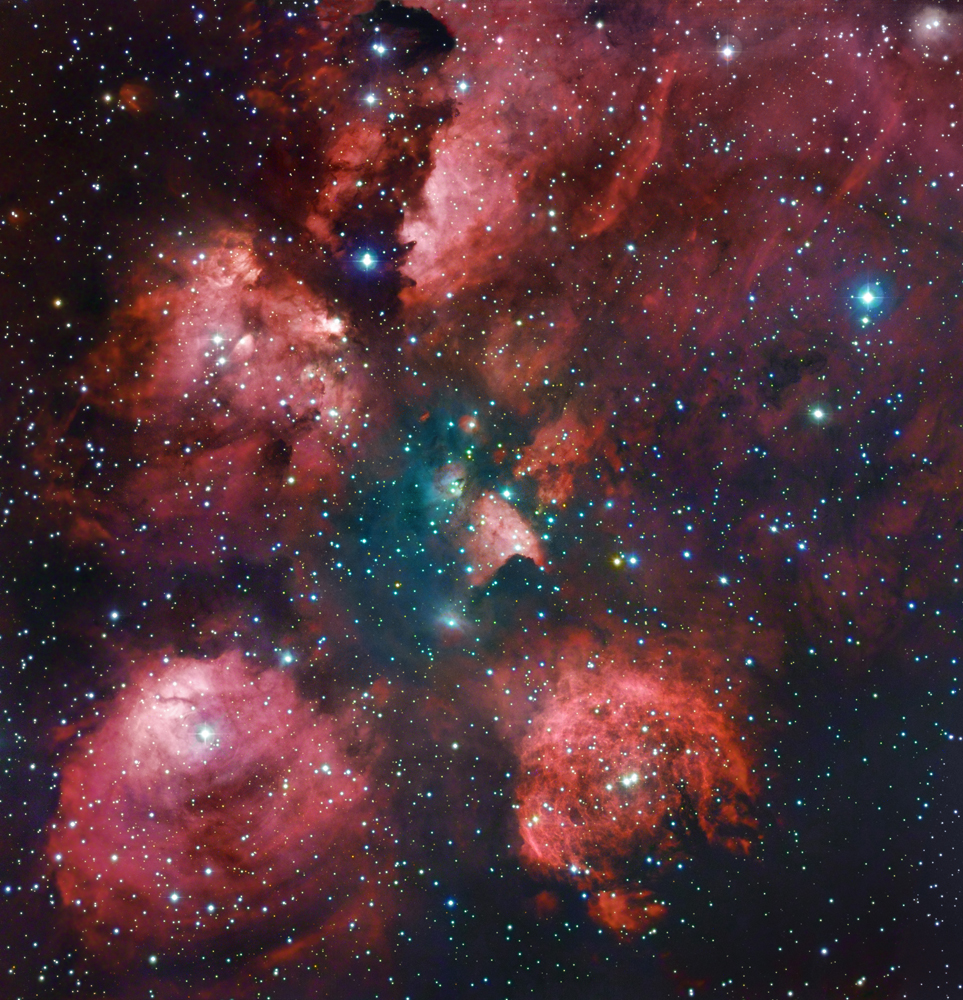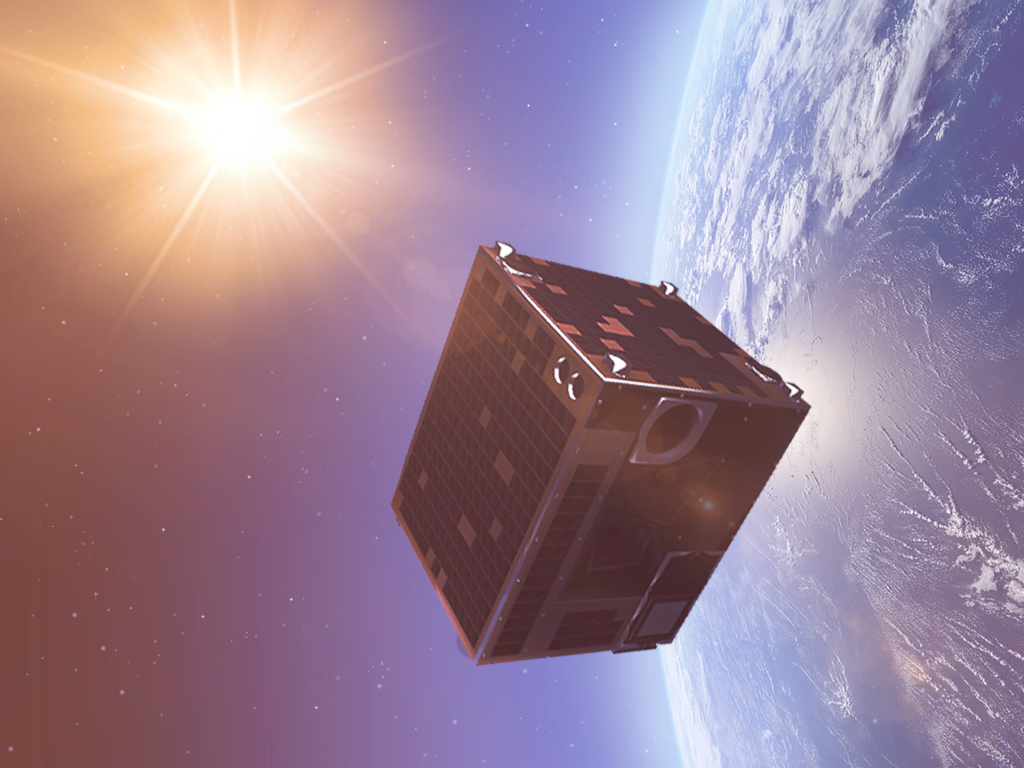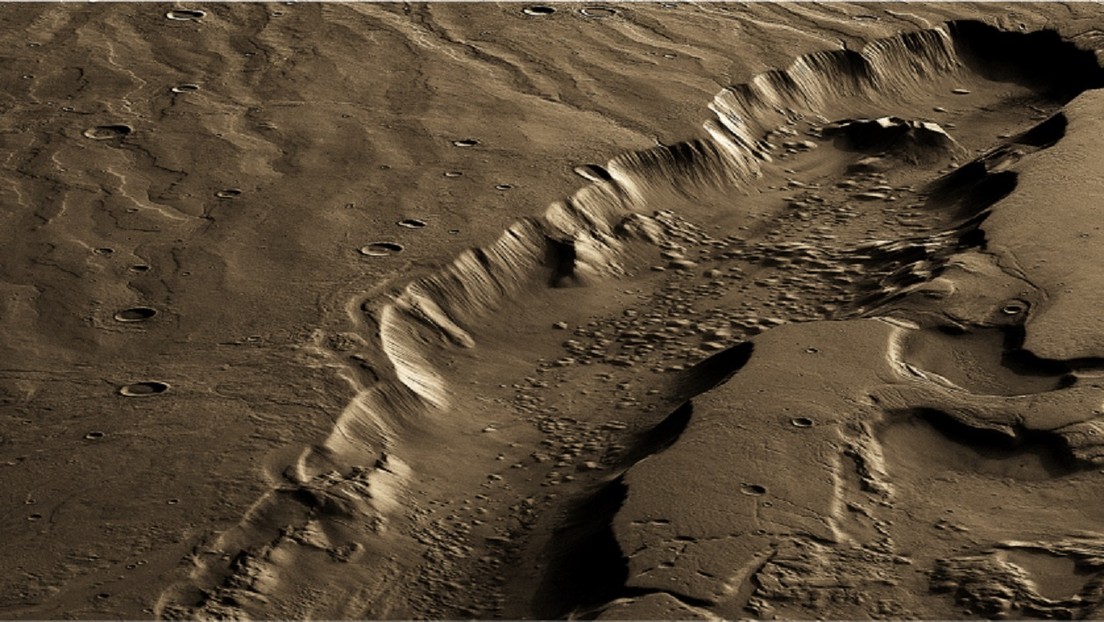Los científicos han descubierto una molécula espacial previamente desconocida mientras investigaban una región relativamente cercana de intenso nacimiento estelar, un punto cósmico a unos 5.550 años luz de distancia. Es parte de la Nebulosa Pata de Gato, también conocida como NGC 6334.
El equipo, dirigido por el estudiante graduado del Instituto Tecnológico de Massachusetts (MIT), Zachary Fried, examinó una sección de la nebulosa conocida como NGC 6334I con el Atacama Large Millimeter/submillimeter Array (ALMA). Esto reveló la presencia de una molécula compleja conocida como 2-metoxietanol, que nunca antes se había observado en el mundo natural, aunque sus propiedades habían sido simuladas en laboratorios en la Tierra.
El descubrimiento de la molécula 2-metoxietanol fue notable. Contiene 13 átomos, que pueden no parecer muchos, pero sólo se han descubierto en el espacio seis moléculas con un número de átomos superior a esta cifra. Esta molécula también representa la molécula «metoxi» más grande y compleja encontrada en el espacio hasta la fecha, en referencia a una sustancia química con un átomo del grupo metilo unido a un átomo de oxígeno.
Relacionado: Los científicos descubren una colección récord de moléculas en dos galaxias extremadamente antiguas
«Nuestro grupo está tratando de comprender qué moléculas están presentes en las regiones del espacio donde eventualmente tomarán forma las estrellas y los sistemas solares», dijo Fried. «Esto nos permite comprender cómo evoluciona la química junto con el proceso de formación de estrellas y planetas».
Curiosamente, el mismo equipo también buscó 2-metoxietanol en otra región del espacio llamada IRAS 16293-2422B, que alberga cuatro protoestrellas recién nacidas ubicadas en la región de formación estelar Rho Ophiuchi, ubicada aproximadamente a 359 años luz de nosotros. Esto podría indicar una mayor diversidad en la composición química de las regiones de formación estelar.
ALMA sabía qué buscar en Cat's Paw
Fried y sus colegas no se embarcaron en la investigación de NGC 6334I e IRAS 16293-2422B sin ningún fundamento. Ya tenían una buena idea de la molécula que iban a buscar gracias a ALMA, un conjunto de 66 radiotelescopios ubicados en el desierto de Atacama, en el norte de Chile. Básicamente, recibieron un consejo de modelos de aprendizaje automático que les sugería que buscaran 2-metoxietanol.
Luego, el grupo midió y analizó el espectro rotacional del 2-metoxietanol en la Tierra, que Fried describió como «los patrones de luz únicos que emiten cuando giran por el espacio».
“Estos patrones son huellas dactilares o códigos de barras de moléculas”, añade el investigador del MIT. «Para detectar nuevas moléculas en el espacio, primero necesitamos tener una idea de la molécula que queremos buscar, luego podemos registrar su espectro en el laboratorio aquí en la Tierra, y finalmente buscamos ese espectro en el espacio utilizando telescopios.
«¡El código de barras coincide!» »
«Al final, observamos 25 líneas de giro de 2-metoxietanol alineadas con la señal molecular observada hacia NGC 6334I, lo que permitió la detección segura de 2-metoxietanol en esta fuente», dijo Fried.
Esta detección exitosa permitió al equipo derivar los parámetros físicos de la molécula junto con NGC 6334I, incluidas las abundancias en las que existe y la temperatura de excitación de la molécula.
«Esto también hizo posible estudiar posibles vías de formación química a partir de precursores interestelares conocidos», añadió Fried.
Estos descubrimientos permiten a los científicos comprender mejor cómo surgen moléculas cada vez más complejas durante la formación de estrellas, así como cuándo los planetas comienzan a agruparse alrededor de estas estrellas.
«Las observaciones continuas de moléculas grandes y las derivaciones posteriores de sus abundancias nos permiten avanzar en nuestro conocimiento sobre la eficiencia con la que se pueden formar moléculas grandes y mediante qué reacciones específicas se pueden producir», concluyó Fried. «Además, dado que detectamos esta molécula en NGC 6334I pero no en IRAS 16293-2422B, tuvimos una oportunidad única de examinar cómo las diferentes condiciones físicas de estas dos fuentes pueden afectar la química que puede ocurrir».
La investigación del equipo fue publicada el 12 de abril en la revista. Cartas de la revista astrofísica.


















